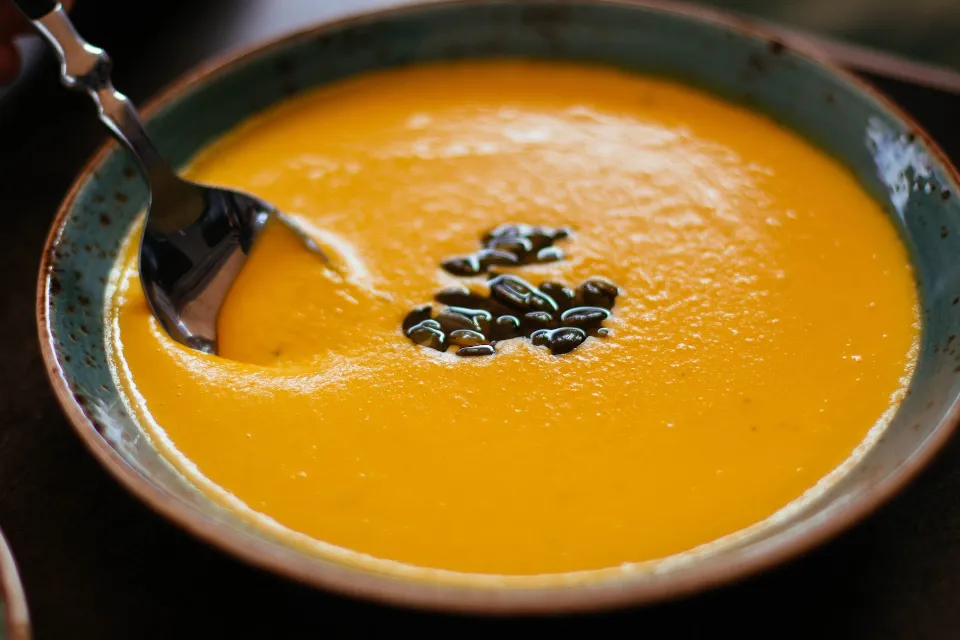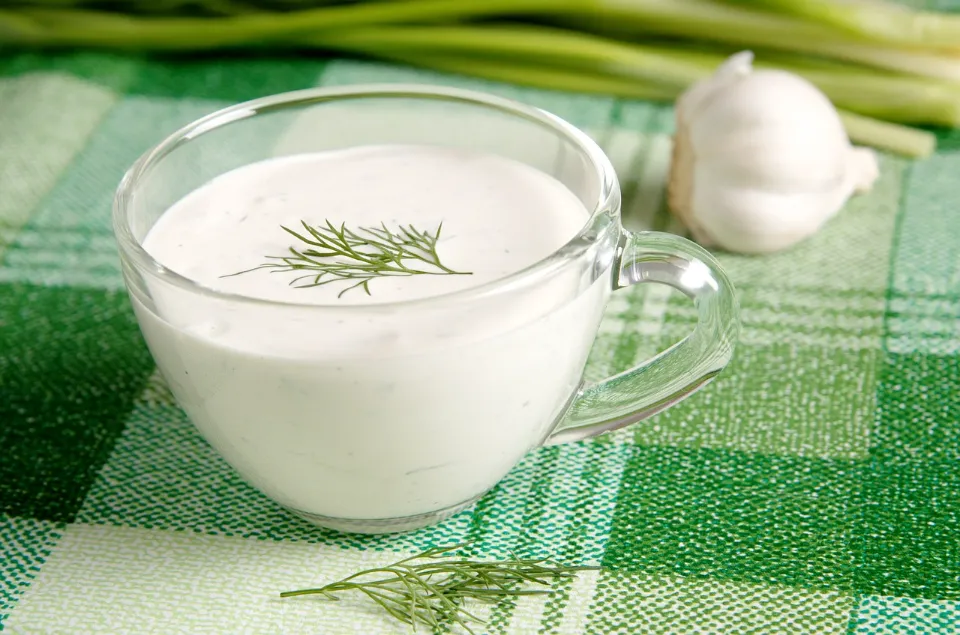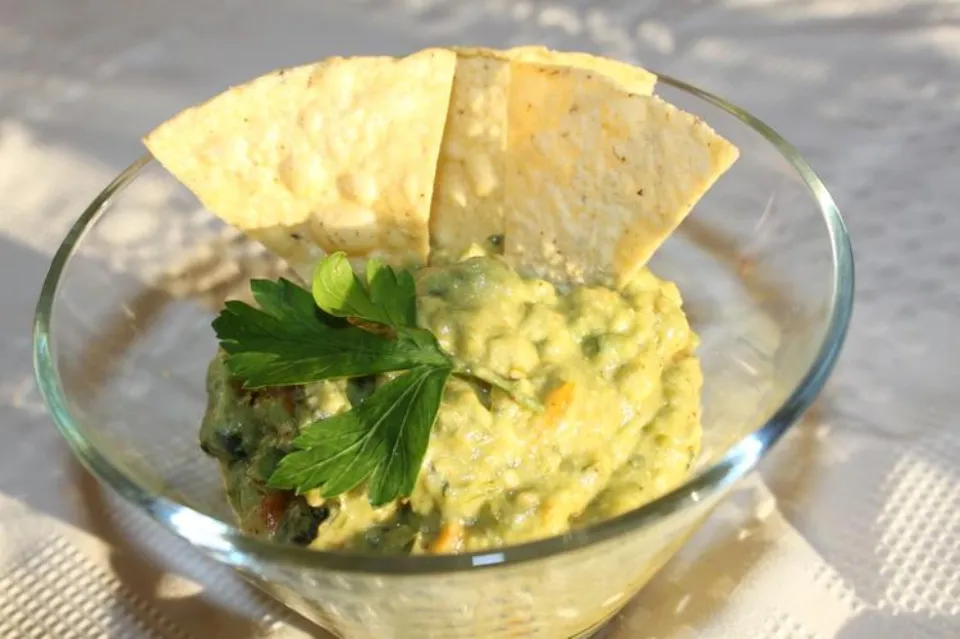One of the quickest ways to cook butternut squash is in the microwave. It eliminates the need to dice, peel, and cut raw squash into smaller pieces.
When the squash is ready, you can test it by poking it with a fork or by microwaving it on high for 14 to 16 minutes.
This is where a microwave can really come in handy. By cooking the squash in the microwave, you can save a ton of time and effort and avoid heating up your entire kitchen with a hot oven.
You can prepare butternut squash in the microwave in three different ways, including cubed, halves, and whole, which I’ll show you how to do in this post.
Recipe Ingredients
- Butternut squash: These microwave recipes are designed for a butternut squash that is medium-sized, about 2 ¼ – 2 ¾ pounds (1 – 1 ¼ kg). You can also purchase pre-cubed squash if you’d rather for the method using cubed butternut squash.
- Butter/oil: In order to keep the surface of the halved butternut squash moist while it is being microwaved, as well as to add some extra flavor to the cubed squash recipe, do this. You may choose to use either butter or oil.
Read More: How Does A Microwave Oven Work – Complete Guide to Use It in 2023
How to Prepare Butternut Squash
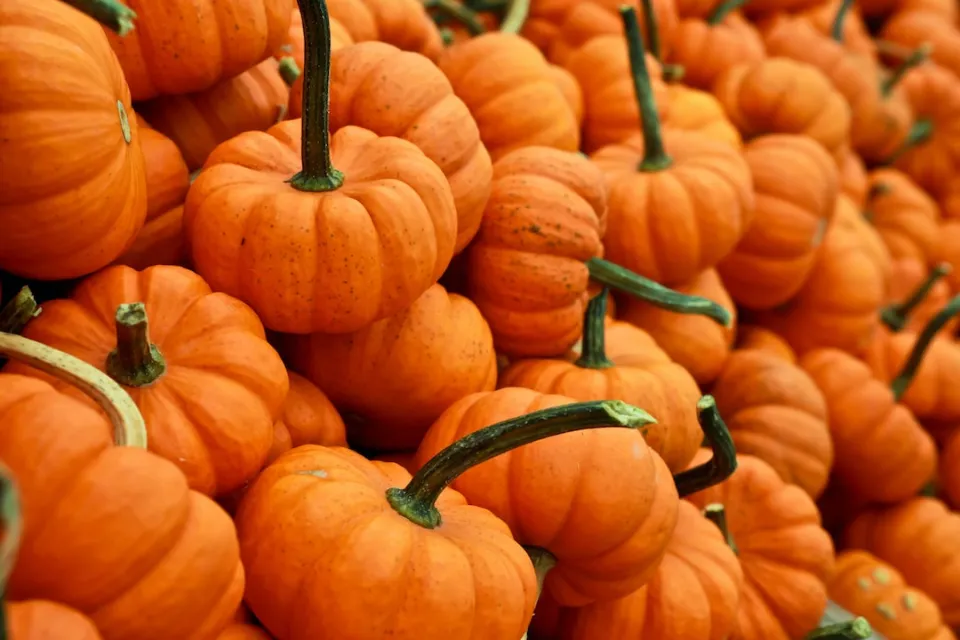
Before you start cooking, you’ve got to prep your squash. To prepare butternut squash for the oven or microwave, use the following advice.
How to Peel Butternut Squash
Beginning with a thorough rinse under cool running water and a scrub with a fresh produce brush, prepare the squash. Use a paper towel, such as these reusable paper towels, to pat the surface dry. Then, beginning in the middle and working toward the stem with a Y-peeler, peel the squash from the neck up, keeping the neck pointed in your direction. Repeat with the body of the squash after turning it.
How to Cut Butternut Squash
Squash will be much simpler to handle if you cut it into cubes or slices before serving. Lay your squash on its side and begin to cut. Trim the top and bottom to get rid of the stem using a sizable, sharp chef’s knife ($100; Crate & Barrel). If you want to keep the squash’s shape and work with two halves, stand it upright and cut through the middle straight down. Trim the top and bottom of the squash, then cut each section in half crosswise, then lengthwise, for easier handling (as shown above). You’ll end up working with four smaller pieces instead of two.
Test Kitchen Tip: Use your non-dominant hand to steady the squash and make the initial cut by applying light pressure to the squash’s flesh. This will stop the squash from slipping. The squash will be easier and safer to cut through after that initial cut.
How to Remove Seeds from Butternut Squash
Scrape out the seeds along with any stringy or pulpy pieces using a large spoon. That’s it; your butternut squash is now prepared to be placed cut-side down for roasting, slicing, or chopping as required for your recipe.
Test Kitchen Tip: Never throw those squash seeds away! Instead, roast them and serve them as a snack in the afternoon. Wash, blot dry with a paper towel, and dry the seeds. Add salt and olive oil, then toss. Roast on a baking sheet at 300°F for 50 to 60 minutes, or until crisp, stirring every 15 minutes.
How to Cook Butternut Squash in the Oven
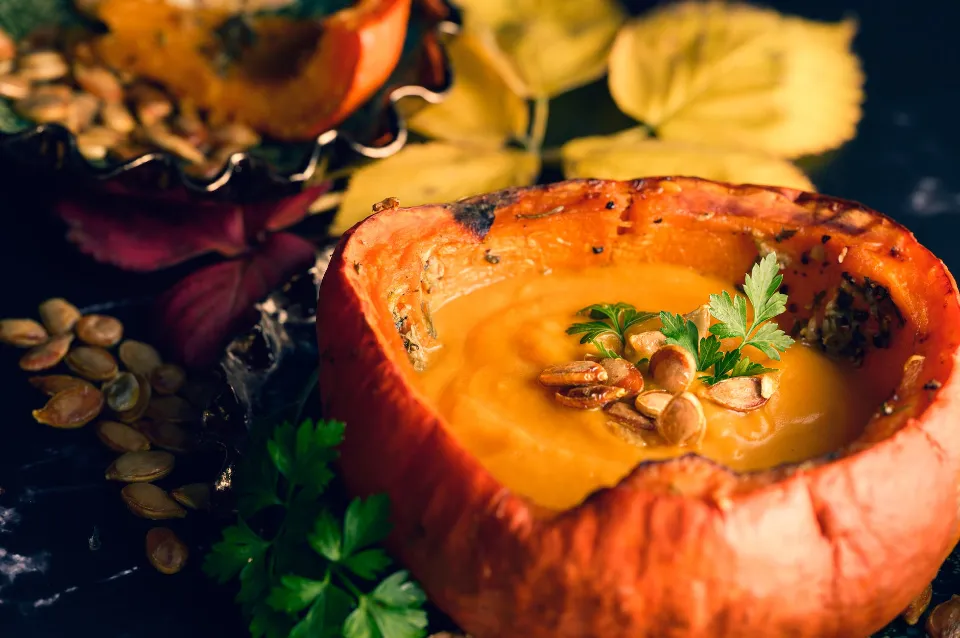
When serving butternut squash mashed, either bake it in the oven or serve each piece separately and eat it with a spoon.
- Squash should be cleaned, cut in half (or quarters), and the seeds should be removed as described above.
- Place squash pieces, cut sides down, in a baking dish or foil-lined pan. Bake for 45 to 50 minutes at 350°F, or until tender. Pierce the squash with the point of a sharp knife to determine whether it is fully cooked. It must be simple to slide in.
- Carefully turn squash pieces over (a set of large tongs works well). Scoop the flesh into a bowl. Add seasonings as desired and mash to add to baked butternut squash recipes or enjoy as is.
Microwaving Butternut Squash
Using your microwave will hasten the preparation of butternut squash and save you more than 30 minutes.
- Squash should be cleaned, cut in half (or quarters), and the seeds should be removed as described above.
- Squash pieces should be placed cut sides down in a baking dish with 2 tablespoons water. Cover with plastic wrap, and make a few slits in the wrap to allow steam to escape. Rearrange once and microwave on 100% power (high) for 9 to 12 minutes, or until tender. Use a sharp knife’s tip to pierce the squash to determine when it is fully cooked. It should be simple to insert. (Test it by cutting a hole in the plastic wrap.)
- Flip over squash pieces with caution. Scoop the meat into a bowl. Mash or add to a recipe after seasoning to taste.
How Long to Microwave Butternut Squash?
Microwave butternut squash cook time is JUST 7 minutes. This recipe is for fork-tender, perfectly cooked, steamed butternut squash cubes that you can serve for dinner.
How to Select and Store Butternut Squash
Fall is when markets begin to stock butternut squash, a popular winter squash. This squash, which has the shape of a bowling pin, has firm, dense flesh that does not become stringy after cooking and has a creamy consistency that makes it ideal for mash. This squash’s deep orange flesh is rich in potassium, beta-carotene, fiber, vitamins C and B6, and fiber.
- Selecting: Pick butternut squash that is smooth, heavy, and free of flaws or soft spots. The skin should not be glossy, but rather uniform and flat. Squash with no cracks and the stem still on will help keep the flesh from drying out. When preparing recipes, keep in mind that a 2-pound squash will produce about 5 cups of cubed squash or 6 cups of spiralized squash.
- Storing: When kept between 50 and 60 degrees Fahrenheit in a cool, dry environment, butternut squash can be stored for several months. Avoid storing squash near foods that release ethylene gas, such as apples, pears, onions, or potatoes, as this gas can rot squash. After cutting, wrap the food in plastic wrap or homemade beeswax food wraps!) and refrigerate for several days.
Don’t limit yourself to butternut squash! Other varieties of squash, such as acorn squash, spaghetti squash, and even pumpkins, are in season during the fall and winter. You can fully benefit from the abundance of squash hitting markets and grocery stores this season if you learn how to prepare them all.
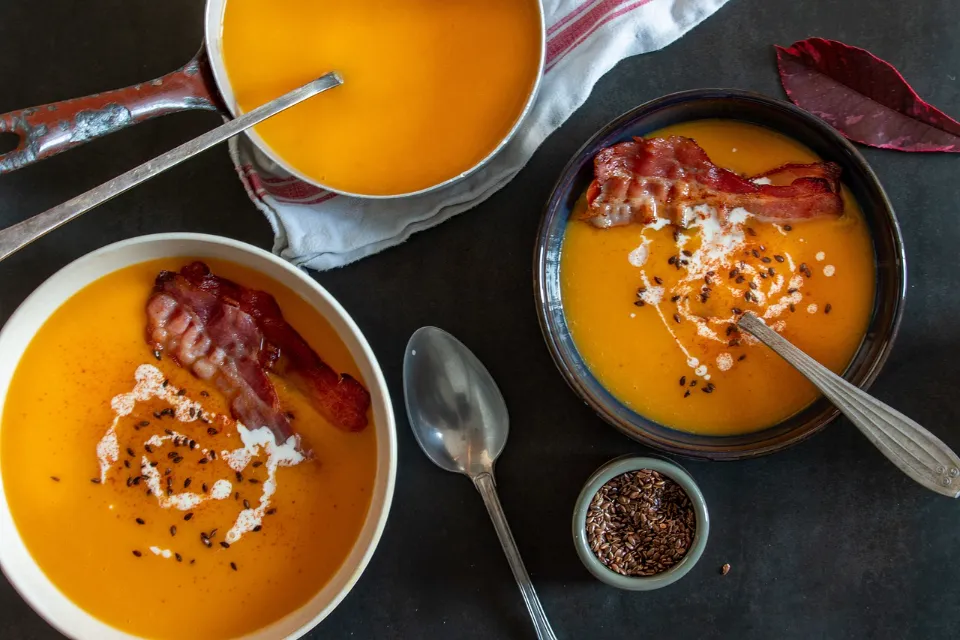
Final Words
Beta-carotene, fiber, vitamin C, magnesium, and potassium are all present in abundance in butternut squash, a nutritious low-calorie food. Due to their quick cooking times and minimal contact with water, steaming and microwaving preserve the most nutrients. Boiling causes the sensitive water-soluble B vitamins and vitamin C to reduce as some transfer into the cooking liquid or make contact with high heat. Both fiber and the majority of minerals are remarkably stable. Because of this, none of the cooking techniques have a big impact on them.

